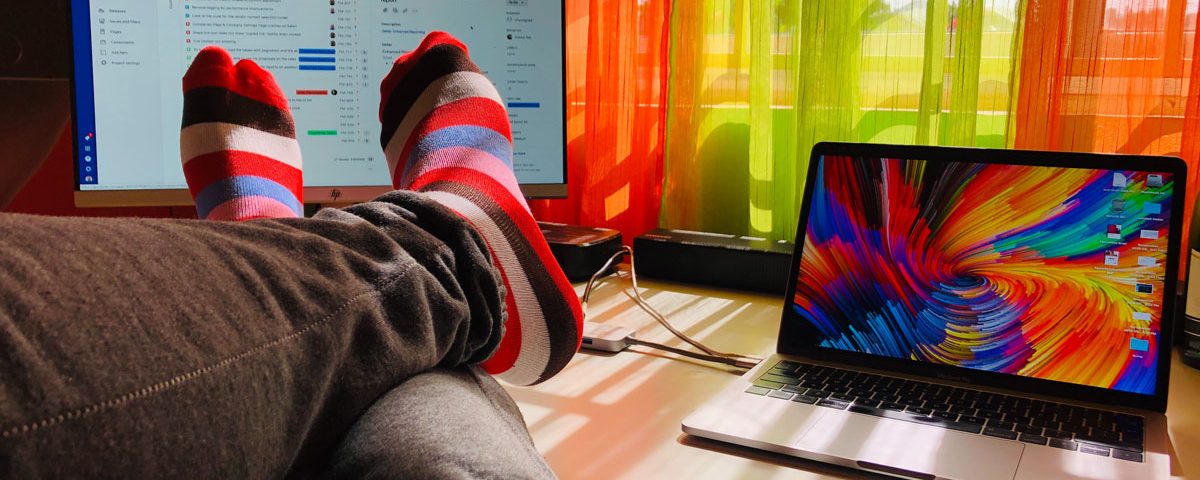The workplace is changing, with organisations that have a diverse workforce proven to be more innovative. Companies are increasingly on the hunt for creative thinkers with a sense of originality.
This doesn’t mean you have to produce ground-breaking art or design. Your unique blend of creativity includes how you solve problems and your ability to see things differently. In a business setting this could be coming up with a new product idea, an innovative solution to a manufacturing glitch, or an improved way of doing things.
But it’s not always easy to demonstrate these capabilities in an interview or CV. Here are three tips that will help you demonstrate your ingenuity.
The CV
A 2017 Talent Trends survey found that employees want to be recognised for their unique skills. There are ways to show them off without having to put together an overly flamboyant CV. In fact it’s better not to be too creative in your CV with curly typefaces and colours. But you can display some flair, particularly if you have an accompanying portfolio.
If you’re applying for a marketing role, you could include visual examples of banners or advertising campaigns you’ve created. Or, if you’re a business major, using diagrams to explain how you solved an investment problem makes it fresh and interesting. You could even include photos of your team working together.
If you already have work experience, instead of listing your clients, why not set up a website displaying a beautiful grid of their logos that click through to more information about the work you did for them. If you really want to get creative, you could include an infographic of yourself, capturing your unique skills and traits, like this one.
An easy way to voice your individuality is to create your own blog. Posting regular articles, videos and images, provides a catalogue of your self-expression that’s ideal for sharing with recruiters, provided the information is relevant to their industry and your chosen career path. And make sure it’s not offensive to anyone. Self-expression shouldn’t be an excuse for being judgemental or slandering others.
Then there’s how you actually use language in your CV. MIT career development specialist, Lily Zhang has some great advice on how to best portray what you’ve done. For example, instead of saying you mentored year one students. Say, “Supervised a class of 20 undergraduate students, each of whom have since graduated Cum Laude.”
In the interview
With employers looking for out-the-box thinking, you can expect brainteaser questions like, ‘How many turkeys can you fit in a swimming pool?’ It’s a hypothetical question designed to see how creatively you think. Workplace scenario questions are also common, like: ‘If I gave you £40,000 to invest in a new product, what would it be?’ This is an opportunity to demonstrate your unique ideas.
Don’t be shy to share what you do extracurricular, but pick the most productive activities – knitting socks may not count that highly, unless they’re part of a campaign to clothe the homeless. For example, are you a member of a volunteer group? Or do you enjoy hiking to raise money for amputees? Maybe you have a small business giving flower arranging courses. You should draw on all these experiences when answering questions in the interview.
 But what if your strong suits are soft skills, like leadership and communication? How can you demonstrate those? The best way is to prove that you’re good at them. If you’re a good communicator you could join toastmasters, or write for the student newspaper. Someone with good leadership might sit on the student advisory body. These are things we can work on throughout our lives. Or, give yourself a head start by attending a university with an alternative view on teaching, like LCIBS. With us you’re taught in real-world scenarios where you’ll have ample opportunity to enhance your skills in leadership, communication and problem-solving.
But what if your strong suits are soft skills, like leadership and communication? How can you demonstrate those? The best way is to prove that you’re good at them. If you’re a good communicator you could join toastmasters, or write for the student newspaper. Someone with good leadership might sit on the student advisory body. These are things we can work on throughout our lives. Or, give yourself a head start by attending a university with an alternative view on teaching, like LCIBS. With us you’re taught in real-world scenarios where you’ll have ample opportunity to enhance your skills in leadership, communication and problem-solving.
Our lecturers are all practicing business professionals, and our classrooms are highly interactive, using case-studies and current business developments over pure textbook learning. Our classes are taught in blocks, so that you don’t only skim over coursework, but become actively immersed in it, giving you the confidence and expertise to grab workplace opportunities.
 Whatever you do, demonstrate creative problem solving
Whatever you do, demonstrate creative problem solving
We know that managers like it when employees can solve their own problems. It’s frustrating when newbies have to come running every time they’re out of their depth. Showing that you can come up with solutions highlights your ingenuity and independence.
Problem solving is a combination of logic and imagination. You need to be able to explain in an interview:
- An example of a problem you faced
- How you came up with a solution
- How you implemented it
- What were the results
Examples of problems could be anything like how you helped a friend fix her computer and retrieve her final assessments, or how you managed your way around a funding shortfall to pay for your gap year.
At LCIBS we encourage students to express their individuality – whether it’s coming up with your own marketing campaign, or solving a business challenge in an entirely new way. We gear you up to answer difficult questions, problem-solve and think of creative solutions on your feet. We don’t write exams, because we know that the real test is in putting your own strengths and uniqueness out there in the world, with confidence and pride. Read more about our alternative teaching methods for the individual here.
Author: Elton Daddow








